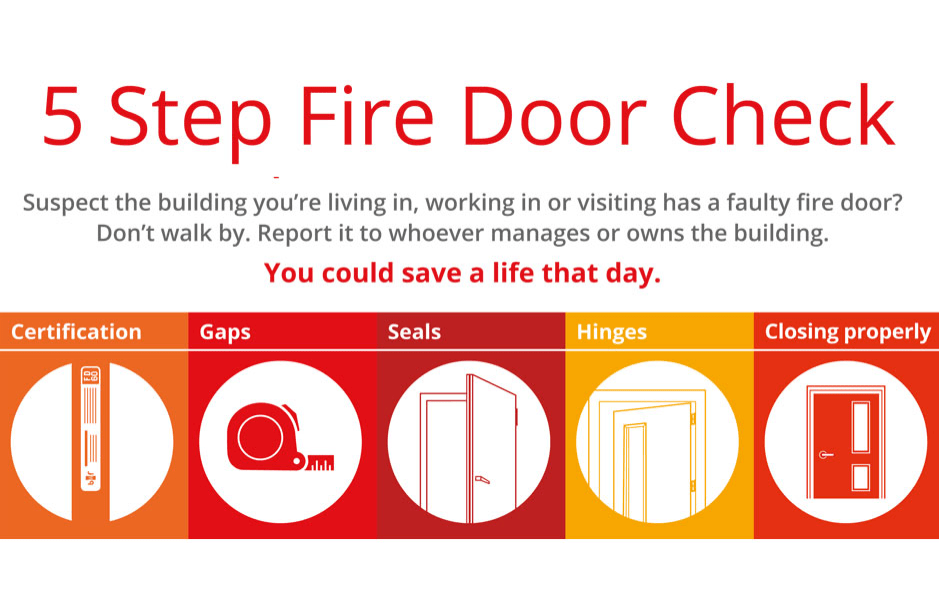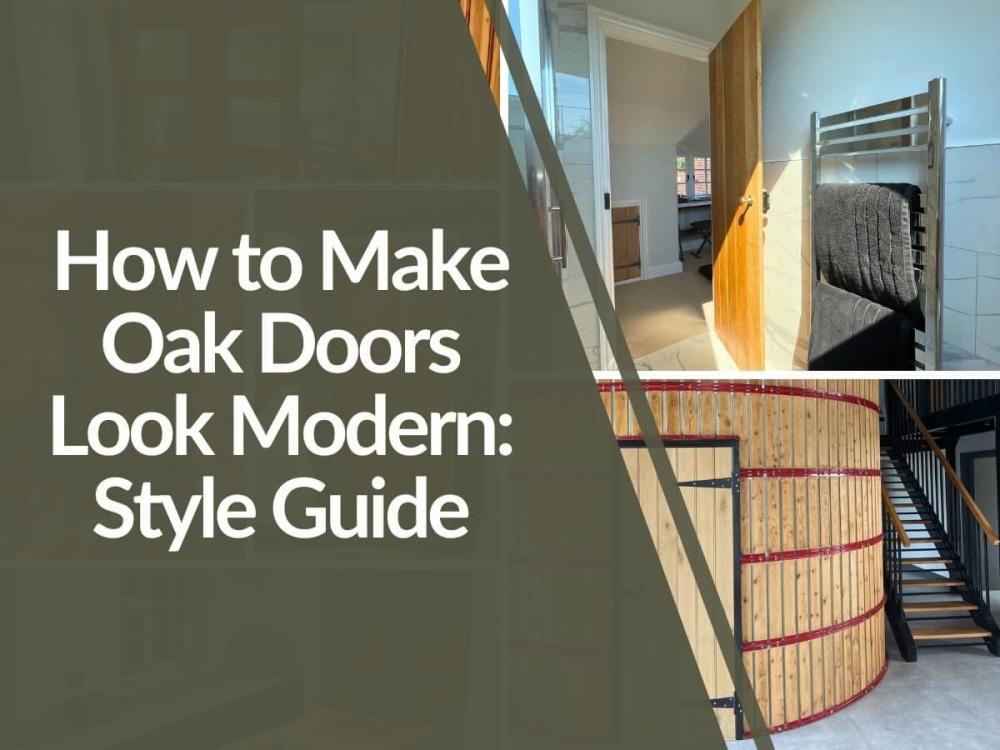Most Common Fire Door Myths
Whatever subject you can think of, there are probably dozens of different myths and inaccuracies that many believe to be true – most of these are entirely harmless. But, when you’re talking about fire doors, myth and misconception could very easily put lives in jeopardy.
Fire doors can often be the last barrier between yourself and a fire, and one which could potentially turn into a lifesaver. In this blog, we’re hoping to dispel some of the most dangerous myths surrounding fire doors and reaffirm those which are true.
What is a Fire Door?
A fire door is one that has been manufactured and fitted to exact specifications. FD30 is the most common form of fire door, and providing it is installed correctly by a professional carpenter with the right ironmongery and fittings, will stand firm against flames and smoke for up to half an hour.
“Am I Required to Replace Every Door In My Home With a Fire Door?”
No, standard doors are absolutely fine. In most cases, installing a fire door is a matter of personal choice that offers added peace of mind.
If you are considering installing one, you will need to consider the following though:
- Inspect the doorframe. FD30 rated fire doors are typically 10cm thicker than a standard internal door.
- Fire doors are nothing more than thick planks of wood if they aren’t fitted correctly. You should trust only an experienced carpenter with knowledge on fire doors to fit them.
- Close your doors fully when you go to bed or leave the house – it's imperative not to prop them open for obvious reasons
“Does Every Property Need a Fire Door?”
As mentioned above, whether or not to install a fire door is up to you, if you're undertaking a renovation or conversion – your contractors will generally be able to advise you whether or not you need them.
But there are a few instances where they are necessary:
- If you have a door leading into the main house from a garage in a two storey building.
- If you live or are renovating a three storey home, then any door leading from a staircase and into a room must have fire doors.
Common Fire Door Myths
Myth #1: A Standard Door With Flame Proof Paint is a Fire Door…
X Wrong
There’s no conceivable way that painting alone would turn a standard door into one recognised by industry bodies such as the British Woodworking Federation. Each fire door is carefully made up of approved materials and components.
Myth #2: It’s A Tenants Responsibility to Be Educated on Fire Doors
X Wrong
If you are a landlord and you’re renting a property out to tenants, then you are the ‘responsible person’ under the Regulatory Reform Order of 2005, which means that you’re the responsible party for the people living in the property. Research undertaken during Fire Door Safety Week shows that over half of tenants living in flats have no idea as to the identity of the responsible person in their building.
If, as a landlord, you don’t have the required skills or knowledge, then you must appoint someone who does – pleading ignorance is a dangerous game to be playing where human lives are concerned.
Myth #3: I Shouldn’t Place Any Items In Front of The Door, Even If They Are Light and Manoeuvrable
✓ Correct
Very simply, there should be absolutely no obstruction directly in front of or leading up to the door. In case of a fire, you need to be able to move quickly; smoke and flames could be hampering your visibility and tripping over an item in front of the door could have disastrous consequences.
Myth #4: The Gap Between The Door And Frame Doesn’t Matter
X Wrong
Although there is a gap between the frame and the door on standard doors, the perimeter around the edge of the fire door is absolutely crucial in the prevention of smoke and fumes passing through to the other side.
On a fire door with smoke seals, this gap should only be the same as a £1 coin (about 3mm). The gap between the base of the door and the floor can be larger at 8mm, but ideally, you shouldn't see any light under the door. Always check your doors fire certification for exact measurements.
Myth #5: I Can Find Everything I Need to Know From My Fire Door Accreditation Certificate
✓ Correct
Every fire door currently on sale must have a current independently accredited test certificate. This informs the buyer of the door’s fire rating, test criteria and manufacturing conformity.
It also shows that the door’s components meet the required performance and safety guidelines, along with critical installation information. Look for a label or plug certification mark; you can't verify that the door is fit for purpose without one.
Myth #6: You Can Fit Any Metal Lock On The Door
X Wrong
Metal gets hot very, very quickly and once it's exposed to enough heat, it can go from becoming the strongest element of the door to the weakest in the blink of an eye. This is why it's so important to purchase fire tested ironmongery.
Further Fire Myths
Myth: Flames Cause Most Deaths
X Wrong
While it's clear that the flames of a fire are incredibly dangerous, it is not right to suggest that they are responsible for the most casualties. The thick, dense clouds of black fumes and toxic chemicals are far more dangerous.
Whether it’s the smoke that restricts oxygen levels leading to suffocation or the toxic fumes from burning materials entering the lungs, it's the most common reason for loss of life when a fire does break out.
Myth: People Can’t Always Smell Smoke In Their Sleep
✓ Correct
People often make the mistake of assuming that they’ll be woken by the smell of smoke. This isn’t the case – more often than not, people that do wake up do so when it’s too late, which is why a smoke detector is absolutely crucial.
Although fires between midnight and 11 am are less likely to happen, statistics show that the fatality rates during this period are higher than any other period of the day.
Myth: Once Smoke Detectors & Fire Alarms Are Fitted They Must Be Maintained
✓ Correct
Once your detectors and alarms are installed, it's easy to neglect them. While having them installed is the right course of action, they are utterly useless if they aren't maintained properly.
Testing your alarms regularly is especially important if, like most of us, your equipment is battery powered.
They were 326 fire-related deaths in the UK during the course of 2016/17, and by-and-large these figures have dropped since 2009/10, but it’s thought that many of these fatalities could well have been prevented.
At UK Oak Doors, our range of fire doors and accessories are designed to provide the protection and peace-of-mind that you need when you’re protecting those things that mean the most.
If you have any questions about fire doors or any of our other products, then give UK Oak Doors a call today on 01455 388922 where one of our helpful sales team will be happy to help. Or better yet, why not visit our showroom to take a look at all of our products in person.










